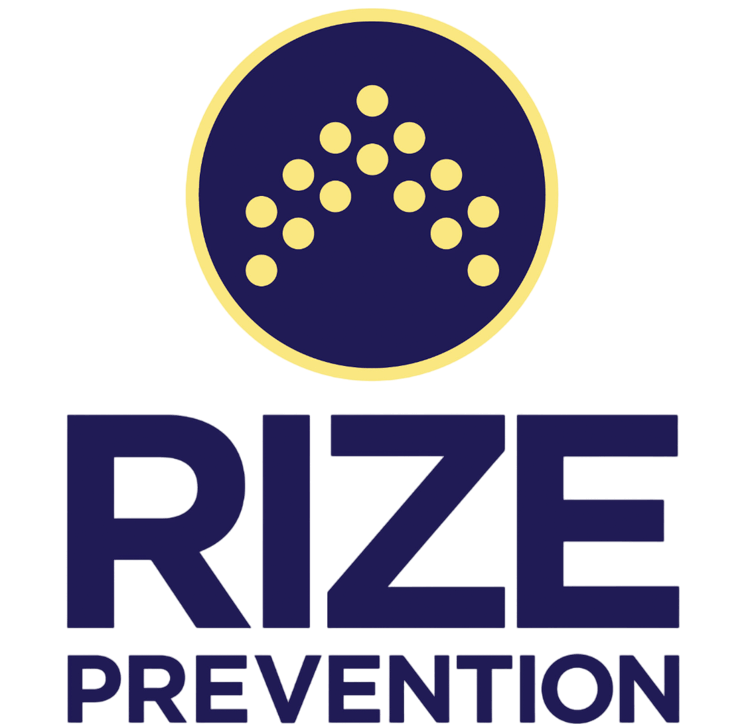Based on “Educator Perspectives on Nicotine Use in Schools 2025” by Truth Initiative
In schools across the United States, nicotine use among adolescents has become a pressing and rapidly evolving challenge. According to the 2025 report Educator Perspectives on Nicotine Use in Schools published by Truth Initiative, teachers and school staff are witnessing an alarming surge in vaping and nicotine pouch use among students—some as young as sixth graders (Truth Initiative, 2025).
Prevalence and Patterns of Use
The report reveals that vaping has become widespread in both middle and high schools. Educators note that experimentation can begin as early as sixth grade, with use peaking around ninth and tenth grades—just as students are navigating significant academic and social pressures. E-cigarettes remain the most frequently used nicotine product, followed by oral nicotine pouches such as Zyn. Teachers also report that older students and student-athletes appear to be particularly drawn to oral nicotine products.
School bathrooms are identified as a primary location for vaping. Educators describe fruity odors, discarded vape wrappers, and frequent vape detector alarms as daily reminders of the issue (Truth Initiative, 2025).
Mental Health and Social Pressures
Students report that vaping helps them cope with stress, anxiety, and peer pressure. Educators observe that many students use nicotine as an informal method of “self-medicating.” Peer groups also normalize vaping as a bonding activity. The report highlights clear indicators of nicotine dependence in schools: students show withdrawal symptoms, difficulty concentrating, and urgent cravings between classes.
Impact on Learning and School Climate
Nicotine use isn’t just a health concern—it disrupts learning. Educators report that students leave class repeatedly to vape, causing interruptions and lost instructional time. The vaping crisis also affects students who do not vape. Many feel uncomfortable using bathrooms or shared spaces due to peer pressure or exposure to vape aerosol.
Teachers and administrators are experiencing burnout. Monitoring vaping adds to their workload and takes time away from academic responsibilities.
Policy and Enforcement Struggles
Schools are struggling to keep pace with evolving nicotine products. Existing policies are often broad and difficult to enforce, requiring proof that a student possesses a nicotine product. Newer products, like oral nicotine pouches, are easily concealed and sometimes overlooked in discipline policies.
Vape detectors, while widely installed, are described as ineffective and burdensome, creating false alarms and increasing administrative work rather than solving the issue.
The report also highlights a lack of consistent prevention education. Many schools do not have dedicated programming, lessons, or assemblies to teach students about nicotine risks.
Community-Wide Concerns
Educators emphasize that nicotine use does not begin—or end—at school. Vaping is normalized in the wider community, with flavored products readily accessible. Some students even see adults using the same products, making them seem harmless or socially acceptable.
Teachers overwhelmingly express that solving this crisis requires more than school discipline—it requires community involvement, policy action, and cultural change.
Recommendations and Call to Action
To address the rising rates of nicotine use, Truth Initiative recommends comprehensive strategies, including:
- Restricting flavored e-cigarette sales at federal, state, and local levels
- Expanding funding for prevention programs, particularly through the CDC and HHS
- Stronger enforcement of age restrictions and marketing limitations
- School policies that focus on support and cessation rather than punishment
- Mass media campaigns to reshape youth perception of nicotine use
Educators stress that meaningful change will require collaboration among policymakers, health agencies, schools, and families.
Citation:
Truth Initiative. (2025). Educator perspectives on nicotine use in schools 2025. Retrieved from https://truthinitiative.org/sites/default/files/media/files/2025/09/Educator%20perspectives%20on%20nicotine%20use%20in%20schools%202025.pdf

